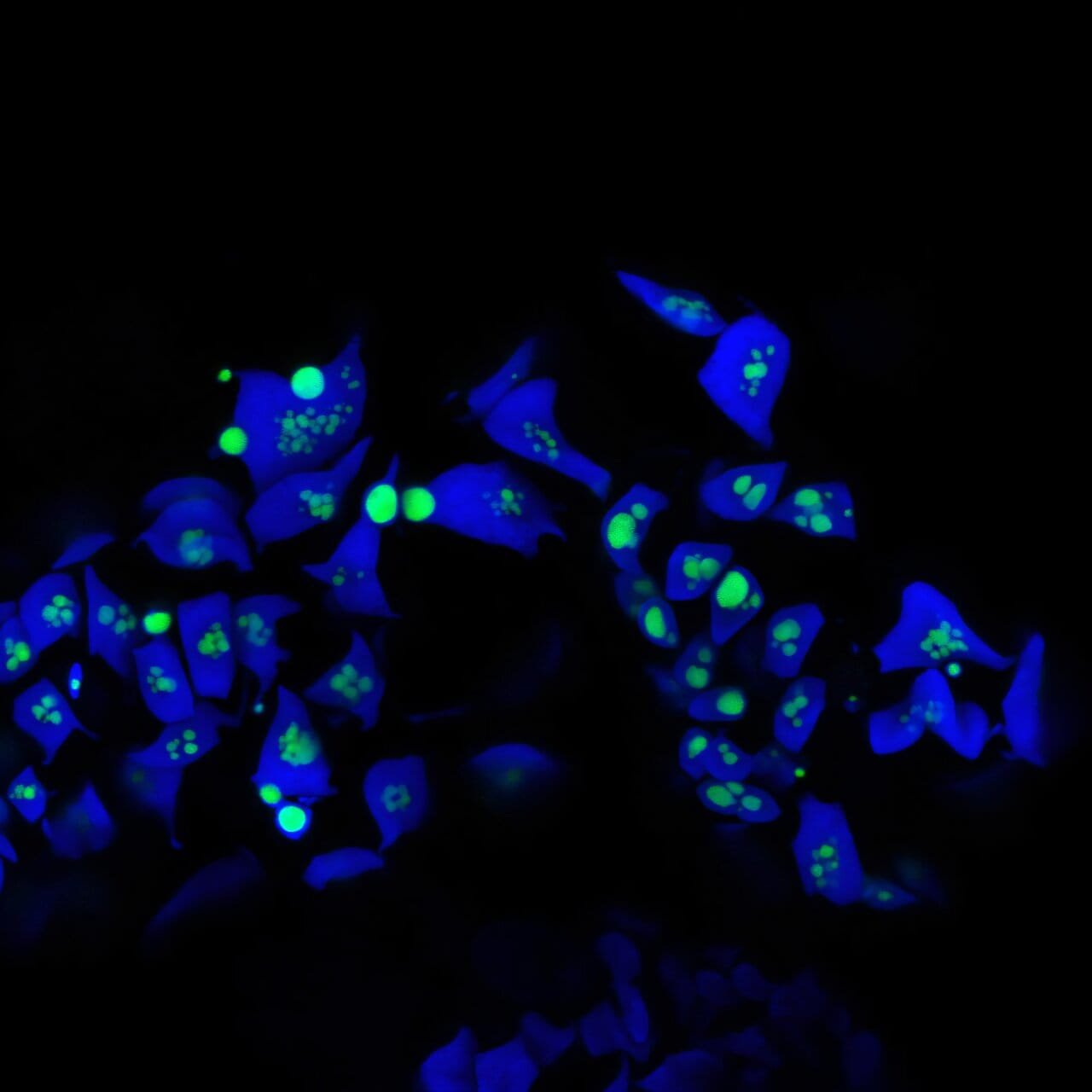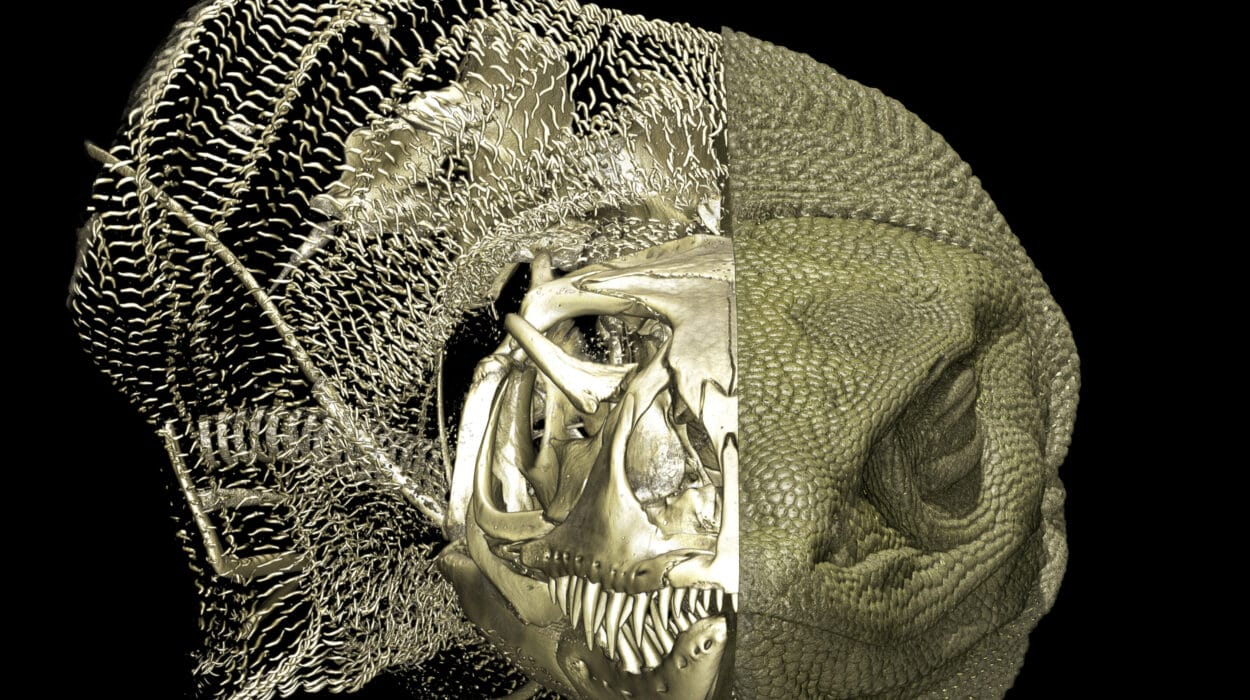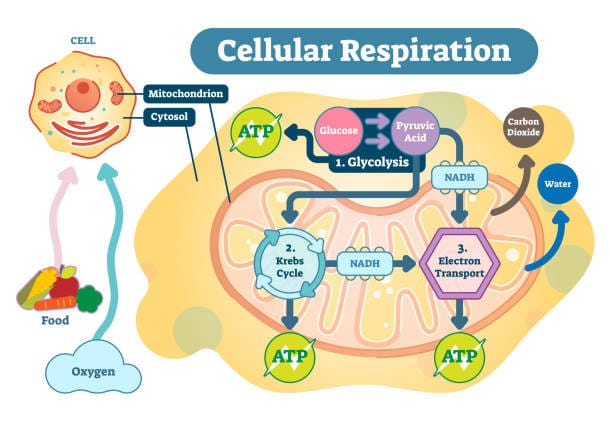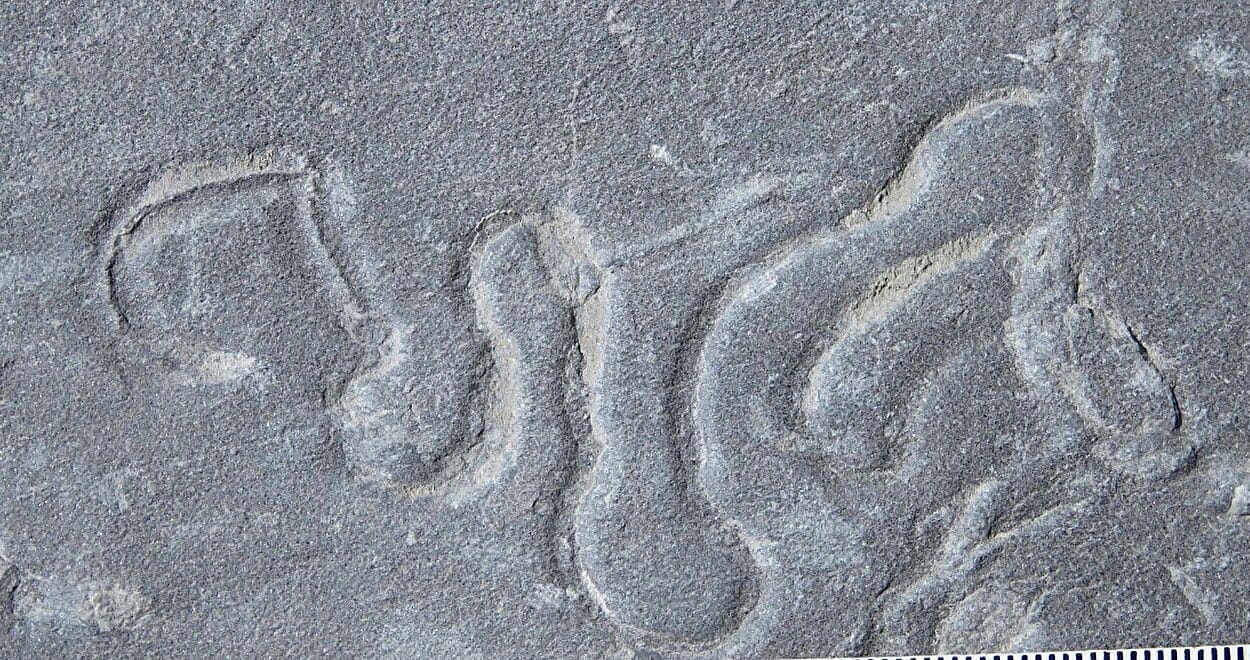For centuries, scientists have been striving to improve how plants use carbon dioxide (CO₂) during photosynthesis. This effort isn’t just about improving crop yields; it’s also part of broader goals to mitigate the effects of climate change. Among recent breakthroughs, hornworts—a seemingly modest and underappreciated group of plants—may unlock the next significant advancement in plant science.
Hornworts have a unique and highly effective mechanism to optimize photosynthesis, distinguishing them from most other land plants. Tanner Robison, a graduate student at the Boyce Thompson Institute (BTI), describes it as a “natural turbocharger for photosynthesis.” This feature, known as a CO₂-concentrating mechanism (CCM), enables hornworts to photosynthesize much more efficiently than most plants, including essential crops like wheat, rice, and maize.
Central to this mechanism is a microscopic structure called the pyrenoid, found within the chloroplasts of hornwort cells. The pyrenoid functions like a specialized CO₂ chamber, saturating the enzyme Rubisco—the core catalyst in photosynthesis—with an ample supply of CO₂. This setup addresses one of the oldest bottlenecks in plant evolution: Rubisco’s inefficiency.
Rubisco is the enzyme responsible for fixing atmospheric carbon dioxide into sugar, which plants use for energy and growth. Unfortunately, this enzyme is prone to making mistakes by reacting with oxygen instead of CO₂, a process known as photorespiration. This error wastes energy and resources, significantly hampering a plant’s productivity. But hornworts, using their CO₂-concentrating mechanism, minimize photorespiration by maintaining a high concentration of CO₂ around Rubisco, boosting its efficiency dramatically.
“This mechanism in hornworts not only makes their photosynthesis process more productive but is also strikingly simpler than the systems found in other organisms like algae,” notes Fay-Wei Li, an associate professor at BTI and co-corresponding author of the research paper published in Nature Plants. The simplicity of the hornworts’ system is a critical discovery because simpler biological machinery is generally easier to replicate or modify in other plants.
Most photosynthesis-enhancing systems studied to date—such as those in algae—rely on intricate biochemical pathways and cellular machinery to pump CO₂ into cells actively. By contrast, hornworts appear to use a more passive approach, relying on fewer steps and less energy to achieve their CO₂-concentrating effect. As Laura Gunn, assistant professor at Cornell University’s School of Integrative Plant Science, explains, “The elegance of hornworts’ approach is in their efficiency; they demonstrate how plants could overcome a centuries-old limitation of Rubisco without the need for complex systems.”
The potential applications of this discovery in agriculture are profound. If researchers can replicate this natural CO₂-concentrating mechanism in major crop plants, photosynthesis efficiency could improve by up to 60%. Such a leap in productivity could significantly boost crop yields without requiring additional land, water, or fertilizer, all of which are finite and often strained resources. These enhancements could also make agriculture more sustainable by reducing the industry’s environmental impact.
Achieving this, however, is not without challenges. While scientists understand the basic principles of the hornwort mechanism, the specific genetic and molecular details will need to be adapted to entirely different plant systems. Translating this ability from hornworts to crops requires groundbreaking advances in genetic engineering, synthetic biology, and biotechnological tools.
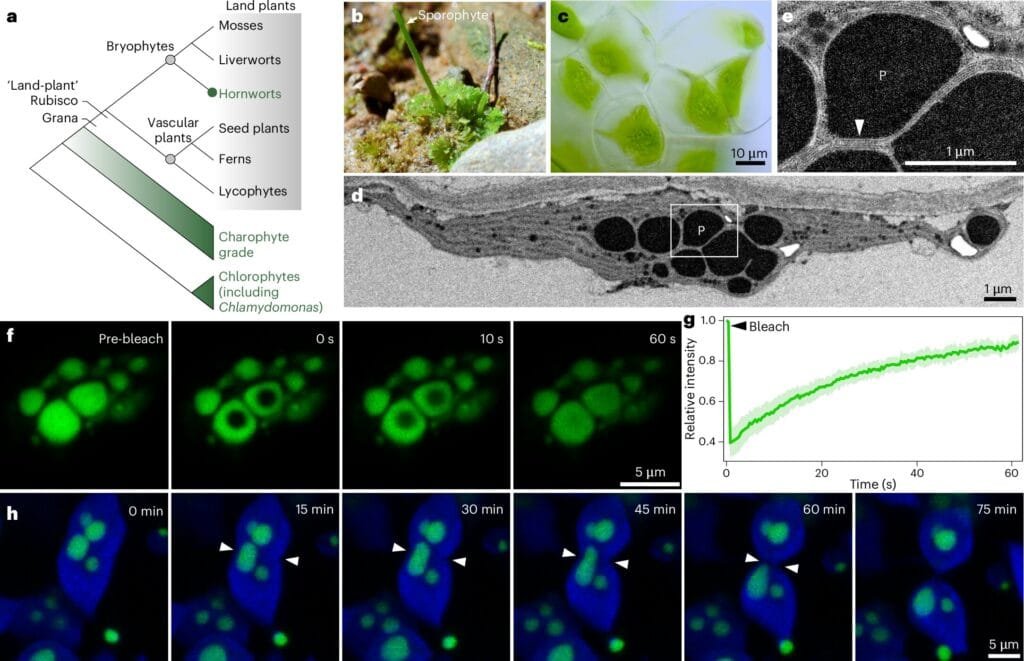
The evolutionary history of hornworts provides another fascinating layer to this research. Through genetic and phylogenetic studies, the team found evidence that a primitive version of the CO₂-concentrating mechanism existed in the common ancestor of all land plants. Over millions of years, most plant species lost this ability, possibly due to varying environmental pressures. Only hornworts refined and retained this trait. This evolutionary quirk positions hornworts as living examples of an ancient innovation, now poised to guide 21st-century science in addressing modern challenges.
The implications of this discovery stretch beyond agriculture. Photosynthesis, at its core, plays a pivotal role in Earth’s carbon cycle. By boosting the capacity of plants to fix CO₂, we can potentially accelerate efforts to mitigate climate change. Crops that grow faster and absorb more CO₂ could act as bioengineered carbon sinks, offsetting emissions while simultaneously addressing food security concerns for a growing global population.
Still, transitioning these findings into real-world solutions will require patience, collaboration, and funding. Scientists will first need to fully decode the genetic and biochemical machinery of the hornwort pyrenoid. From there, they must engineer crops to express these traits, all while navigating potential trade-offs. For instance, could crops boosted with CO₂-concentrating systems become vulnerable to other stresses, like disease or drought? Thorough testing will be required before introducing these innovations into fields on a global scale.
Hornworts’ newfound spotlight underscores a larger narrative in science: sometimes, the most significant solutions can emerge from the unlikeliest sources. These humble plants, often dismissed as minor players in the plant kingdom, now represent a bridge between the deep past and the pressing demands of our present and future. Their specialized photosynthesis system reflects a natural innovation millions of years in the making, offering humanity a potential tool to tackle some of its most critical challenges.
This research reminds us of the inherent wisdom in biological diversity. While hornworts may seem small and inconsequential, they embody a mechanism with the power to revolutionize how we think about farming, food production, and climate resilience. By studying their systems in detail and harnessing modern biotechnology, scientists are unlocking pathways to a greener, more sustainable world. The road ahead is long, but the potential rewards make the journey well worth the effort.
Reference: Tanner A. Robison et al, Hornworts reveal a spatial model for pyrenoid-based CO2-concentrating mechanisms in land plants, Nature Plants (2025). DOI: 10.1038/s41477-024-01871-0
